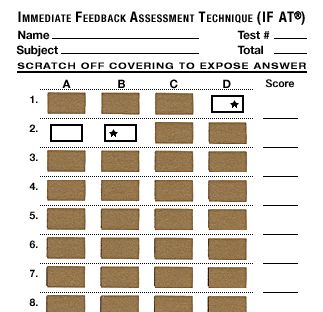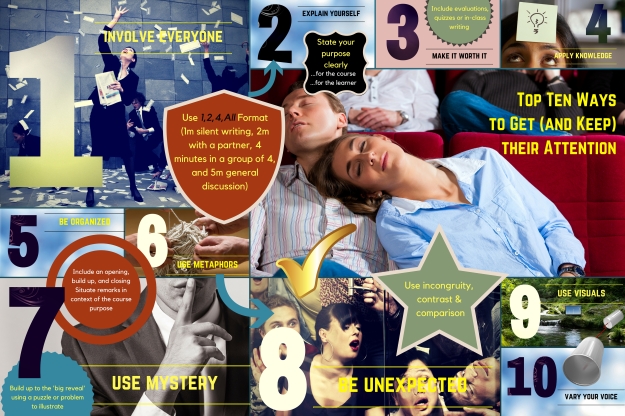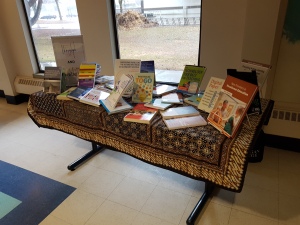This fall, I visited the Mauritshuis Museum in Den Haag, Netherlands, where I learned about the famous Vermeer painting Girl With a Pearl Earring. With the painting before me, an app guided me through its history, stories of the painter, and offered comparative works to explore right on my phone. This is just one example of how the internet of things can assist with learning. The Internet of Things refers to the idea that everything becomes a node on a network. It is focused on the use of smart sensing for pervasive connectivity and ubiquitous computing (University of Wisconsin-Madison). While estimates vary, it is expected that the expectation of internet connectivity for many everyday devices will begin to impact education within 4-5 years. Although opinions vary on the speed of roll out, many observers note the rapid development of sensor, miniaturization, mobile and wearable technology as key drivers. Business Insider predicts that “there will be 34 billion devices connected to the internet by 2020, up from 10 billion in 2015. IoT devices will account for 24 billion, while traditional computing devices (e.g. smartphones, tablets, smartwatches, etc.) will comprise 10 billion (Greenough and Camhi, 2016).”
These developments emerge from outside the education sector, and to the extent they have implications for everyday life, work, consumption, decisionmaking and service provision, they will also impact the education sector. Specifically, the Internet of Things intersects with personalized learning and adaptive technologies by creating new opportunities for real-time data to impact learning. It may also impact blended learning, since connectivity creates “Hypersituational” (Educause) learning environments such as augmented reality.
These new blended learning environments allow for wider exploration of the physical and virtual worlds in synchronous and asynchronous formats. For example, students can tour physical spaces with supplementary sound, text, video, or interactive elements (QR codes or Google Glass). Students can create projects that integrate crowd-sourced or networked data from physical systems in real-time. Similarly, redesigned learning spaces may be affected by the IofT because of the integration of physical and virtual worlds that is made possible by interconnectivity. As well, IofT may boost a focus on place-based education by localizing some aspects of the learning experience and making use of the environment in innovative ways. Another area of potential high impact is environmental, economic, and social sustainability, as the IofT has the potential to make every institutional operation more efficient by more closely integrating systems, from building temperatures to classroom scheduling and parking.
The power and appeal of the IofT lies in its flexibility and convenience. For learners, great benefits arise from improved efficiency and responsiveness of systems to real-time demands. On the other hand, hesitations are widespread and may slow the adoption of IofT in the education sector. Chief among these concerns are privacy, security, automation of decision making, and information overload (Pew Research Centre). Networked systems are vulnerable to hacking or infiltration by phishing or scam artists. Personal information is more vulnerable on a network, and algorithms are imperfect sources of analysis for decision making. The ability to collect data on physical and emotional states has severe implications for personal security and privacy. At the same time, if the IofT grows as many predict it will, students will need to acquire new technical and social skills for employability. IofT will require people to manage data, interpret and apply information, make ethical judgements, and effectively share and contextualize information. How might you put the Internet of Things to use in your classroom?







 Recently I prepared a poster on the
Recently I prepared a poster on the 
